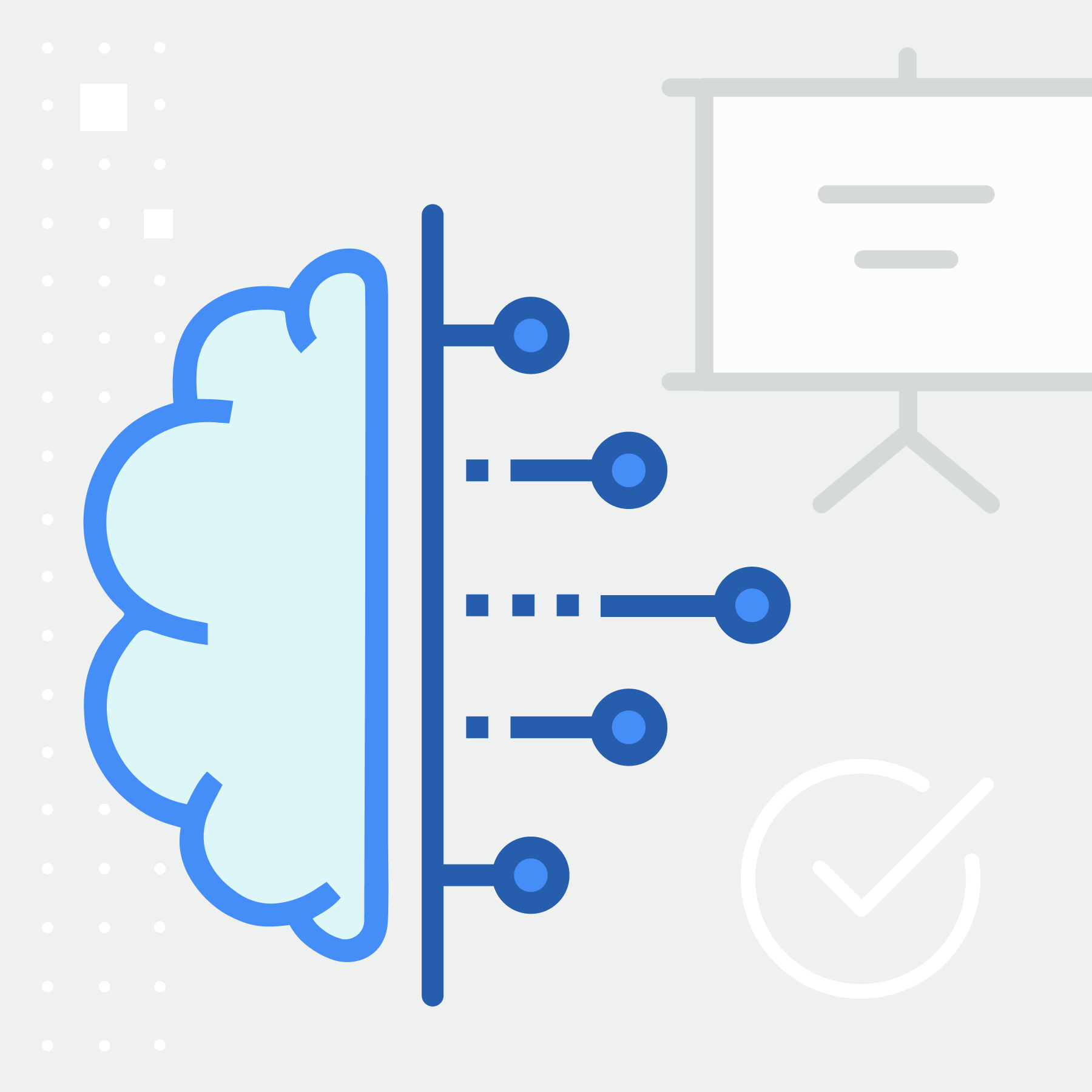This guest blog post is written by Mohd Sohel Ather, a senior primary software engineer. He focuses on actionable and unique ideas that can be used to grow your business and make a real difference for your customers.
Artificial Intelligence (AI) is here to stay. It is now easy to spot AI-backed solutions and tools in just about every industry, and it is becoming imperative that AI play a vital role in how companies operate. The role of AI in the Learning & Development (L&D) space is no different.
Some facts and figures regarding AI can easily back this understanding:
- A survey conducted by McKinsey interviewed 2,395 people, out of which 1,151 respondents stated they had adopted at least an AI-backed function or machine learning system for their organization.
- By 2030, according to the PWC report, the global GDP will increase by 14 percent, which is about $ 15.7 trillion due to AI-based activities.
- Statista, in its report, stated 84 percent of enterprises would be investing in AI because of the constant innovation it has been working on.
- Gartner reported that over 75 percent of venture and capital investors will be using AI-backed tools for their data analytics and other information by 2025.
All these figures indicate that AI as a technology is becoming one of the most integral parts of every industry. According to Forbes, AI allows businesses to better understand a customer and their learning journey. Companies can implement policies and services for different segments based on customer needs and requirements.
Amazon, for example, uses AI technology to understand their customers' requirements and adds recommendations based on hundreds of data points when you are shopping on the site. While eCommerce is an obvious example of how AI is being used, another sector that holds a lot of promise is the learning & development industry.
How Has AI Changed the Learning & Development Sector?
One way AI has changed the L&D sector is the optimization and rethinking of the effectiveness of the training methods. Here are a few examples:
1. Knowing the Learning Gaps
AI can compute and combine big data sources and identify the gaps in an individual's knowledge. Then, depending on these disparate data, learner profiles can be created, which can enhance the overall learning experience and teach new skills to an employee.
Providing the same material to every employee training can be a waste of time since some employees may have prior knowledge of the material.
AI can analyze industry trends, job market data, and individual skills to identify skill gaps and recommend appropriate learning paths and build learning plans continuously. This enables organizations to align their training initiatives with emerging skill demands, ensuring that employees acquire the necessary competencies to thrive in their roles and stay relevant in the evolving job market.
If companies can identify the knowledge gap of their employees, it can be easier and more cost-effective to train them in those areas and build up their expertise. Now corporate training will be an advantage for your enterprise and keep your employees engaged because they get to learn new things and not time spent on something already outdated.
2. Individual Learning Styles
Regardless of the sector, people use varying learning processes and may retain information differently. When AI in L&D training courses are used, programs can be developed keeping in mind the different learning styles of the employees. One of the major benefits that AI-backed L&D offers is the personalization of this adaptive learning. A personalized learning experience helps the learners and the company save time.
AI can incorporate gamification elements into learning experiences, such as badges, leaderboards, and rewards, to increase motivation and engagement. Furthermore, AI algorithms can generate personalized challenges and problem-solving exercises based on individual learner profiles, fostering critical thinking, creativity, and problem-solving skills.
AI-powered language learning platforms can provide intelligent language tutoring, pronunciation correction, and automated translation services. These systems can leverage speech recognition, natural language understanding, and machine translation techniques to facilitate language and communication skills development.
Furthermore, since AI learning platforms can be built to hold the learning materials, training videos, and preferences of the employee, companies can deliver training courses on-demand. This type of learning platform allows management to track the employee's progress. AI can also be integrated with VR and AR technologies to create immersive and interactive learning experiences. VR simulations can provide realistic scenarios for practice and skill development, while AR overlays can deliver real-time guidance and information, enhancing hands-on learning and performance support.
3. Using the Knowledge
Companies invest millions of dollars in developing L&D programs for their employees, however, as The Modern Corporate Learner explains, employees are willing to give only a percentage of their time in the process. In another study by the MAISE Center, only 15 percent of employees finish the L&D program.
AI-backed L&D programs can solve this issue by automating the learning process while improving the engagement and reinforcement of the training program. A generative AI can tailor the training content to their specific needs. Also, the personalization of the training program for employees can increase the completion rate and reinforce knowledge. Plus, with an AI system in video production and editing tools, video content creators can automate processes, streamline workflows, and deliver high-quality educational videos efficiently.
4. Round the Clock Assistance
When your employees learn online at their own pace, it's quite common to have questions. Using a chatbot-backed AI technology can allow your employees to get answers immediately throughout their employee training.
As a result of integrating conversational AI, there is no delay in resolving the questions so that your employee can move ahead with the training course without waiting for the trainer to answer the questions.
AI algorithms can continuously assess learner progress and adaptively evaluate their performance. By analyzing data such as quiz scores, completion rates, and engagement metrics, AI can provide real-time feedback, identify areas of improvement, and suggest personalized interventions for further learning and development.
5. Immediate Feedback
AI tools developed for L&D have the capacity to check answer sheets, measure and evaluate the performance, and gather other information for the individual with in-depth analysis of the results immediately. Tests can be analyzed by the AI tool acting as artificial human intelligence and offer a personalized assessment that will consider the learner's skills and deep learning capacity. This, in return, offers a more accurate performance result while eliminating chances of human error.
6. Getting the Insights
When you use AI in L&D, you can tap into your learning management system (LMS) data. This data can be used to get feedback to understand employee performance and other analytics, which can provide a range of insights into the enterprise's L&D efforts. These details can be used to measure the effectiveness of the learning content, how it can be improved, and identify the learning pattern and techniques among the employees while mapping out the trends.
AI algorithms can analyze learner data and provide top-level insights for developing course material, learning resources, and learning pathways. AI-powered recommendation systems can suggest new relevant content, new topics, thus bring new learning opportunities, enhancing the learner's experience and promoting continuous development from L&D analytics.
Final Words
The majority of enterprises large and small have already started investing in AI for L&D. Improved efficiencies in training programs help improve engagement, reduce costs, and improve recall by employees. Access to course materials on-demand allows employees to learn at their own pace, and targeted recommendations help improve the overall curriculum for teams and departments. With the proper investment in AI technology, the entire process for L&D can be greatly improved for both the employee and the employer.









